It looks like you're using an Ad Blocker.
Please white-list or disable AboveTopSecret.com in your ad-blocking tool.
Thank you.
Some features of ATS will be disabled while you continue to use an ad-blocker.
10
share:
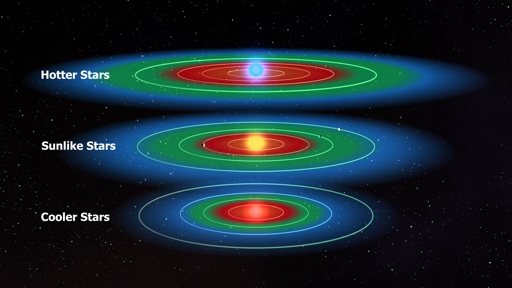
As I promised, I'd pass along some cool things from the world of Exoplanets, Astrobiology and Comparative Planetology as I find them.
The video below was recorded two days ago at the SETI institute and features a subject we talk about a lot: Habitable or "Goldilocks" Zones.
Over the last few years the field of exoplanets has grown rapidly from just raw detection of planets to now include learning more about what their conditions are like. We've now got cloud maps of several large gas giant exoplanets. And we've begun to learn the density and thus likely composition of others smaller, rocky worlds like our Earth.
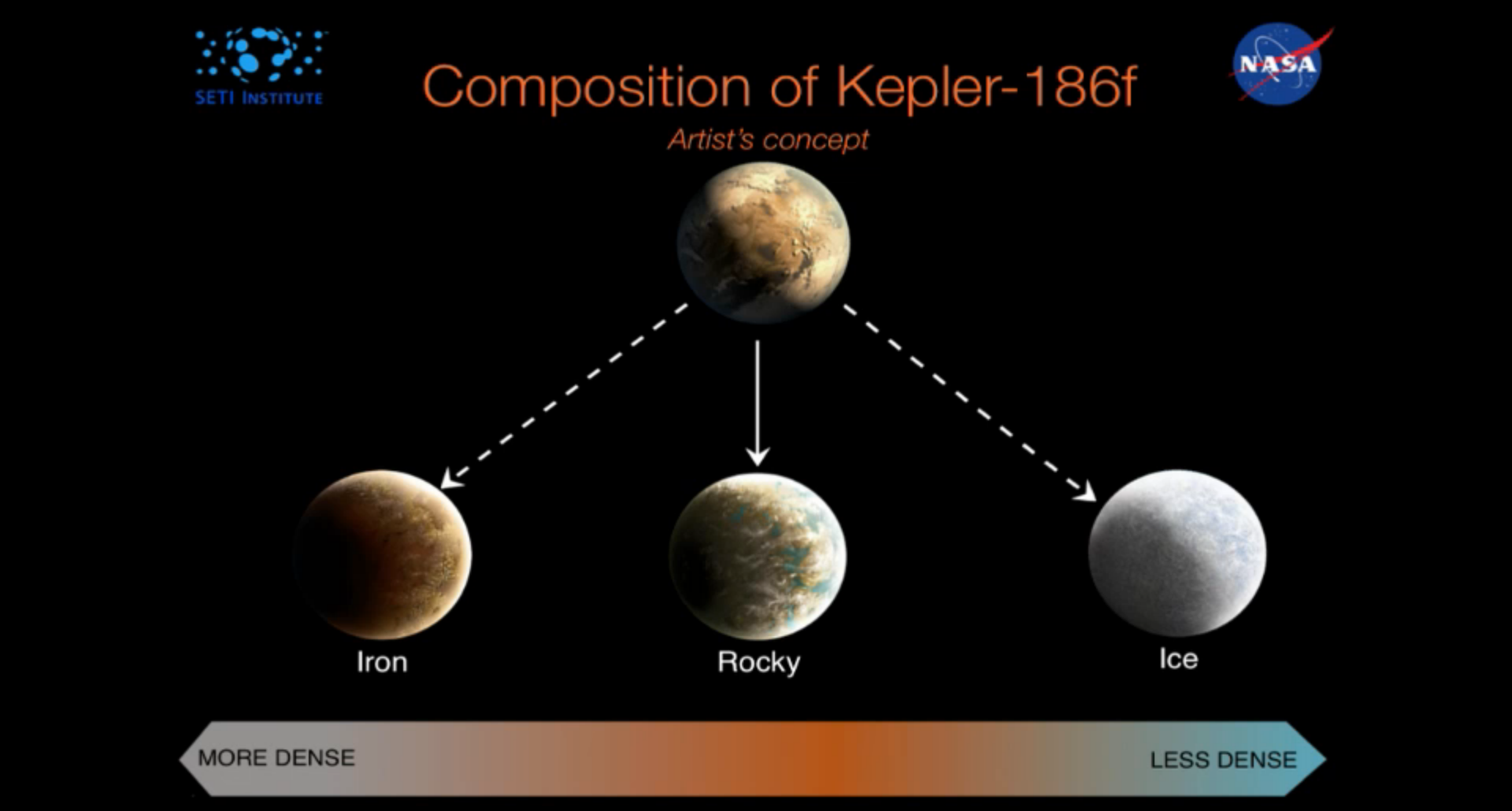
This process of learning more about these far away worlds is known to us astronomers as exoplanet characterization. A key step towards this characterization is the determination of which planets occupy the Habitable Zone (HZ) of their host stars.

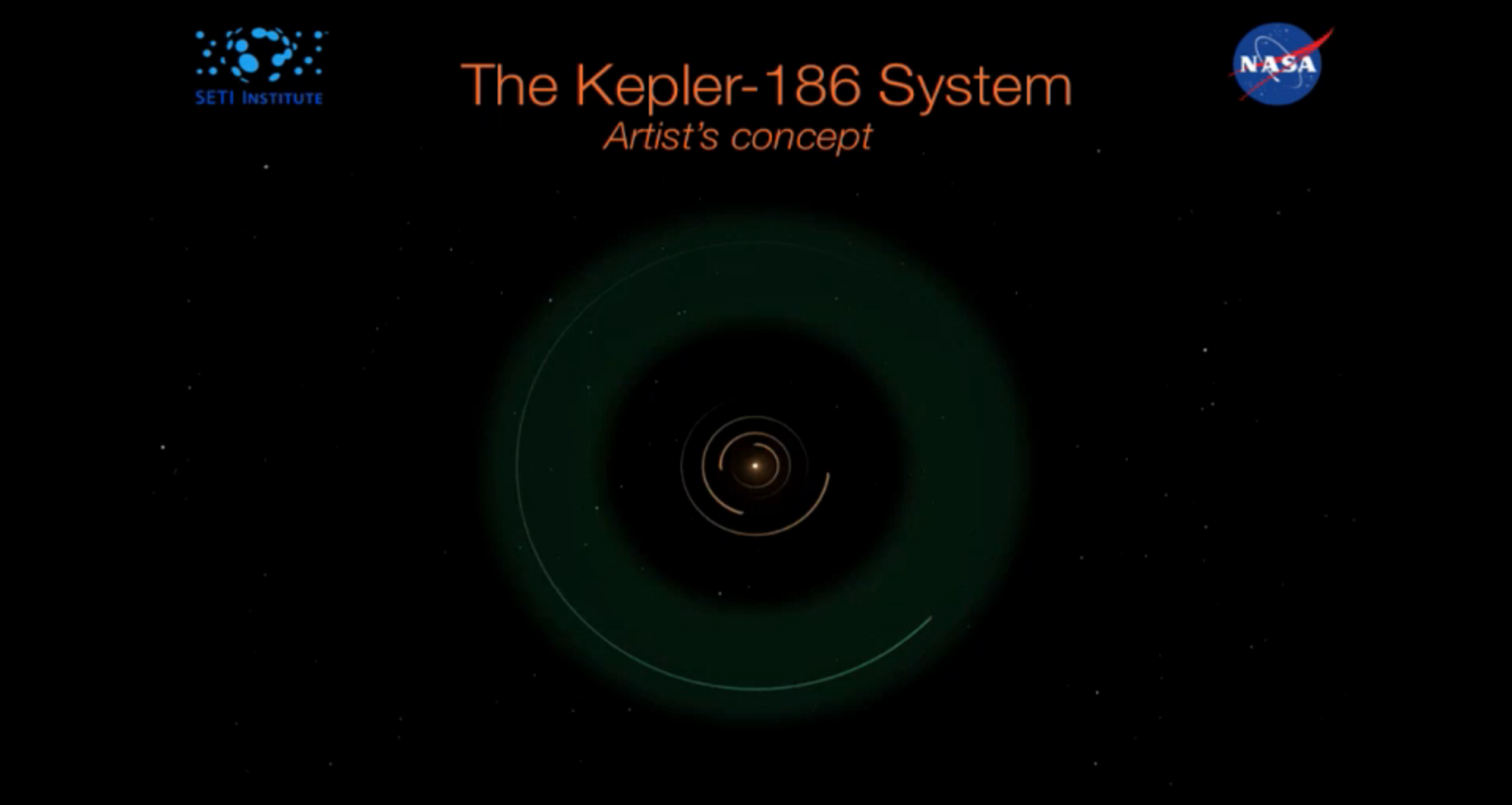

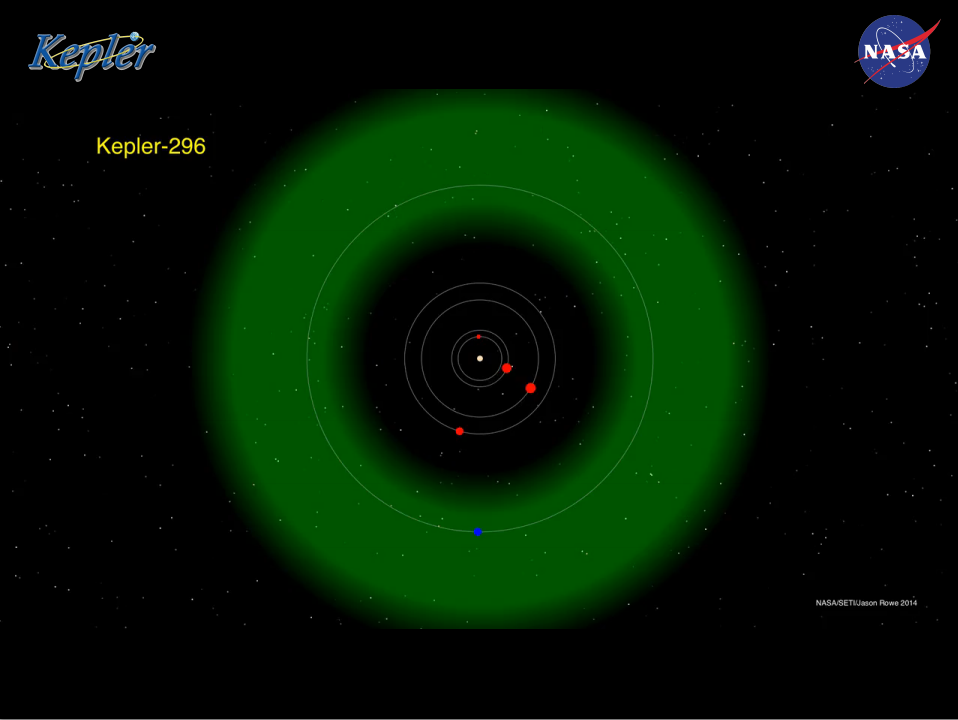
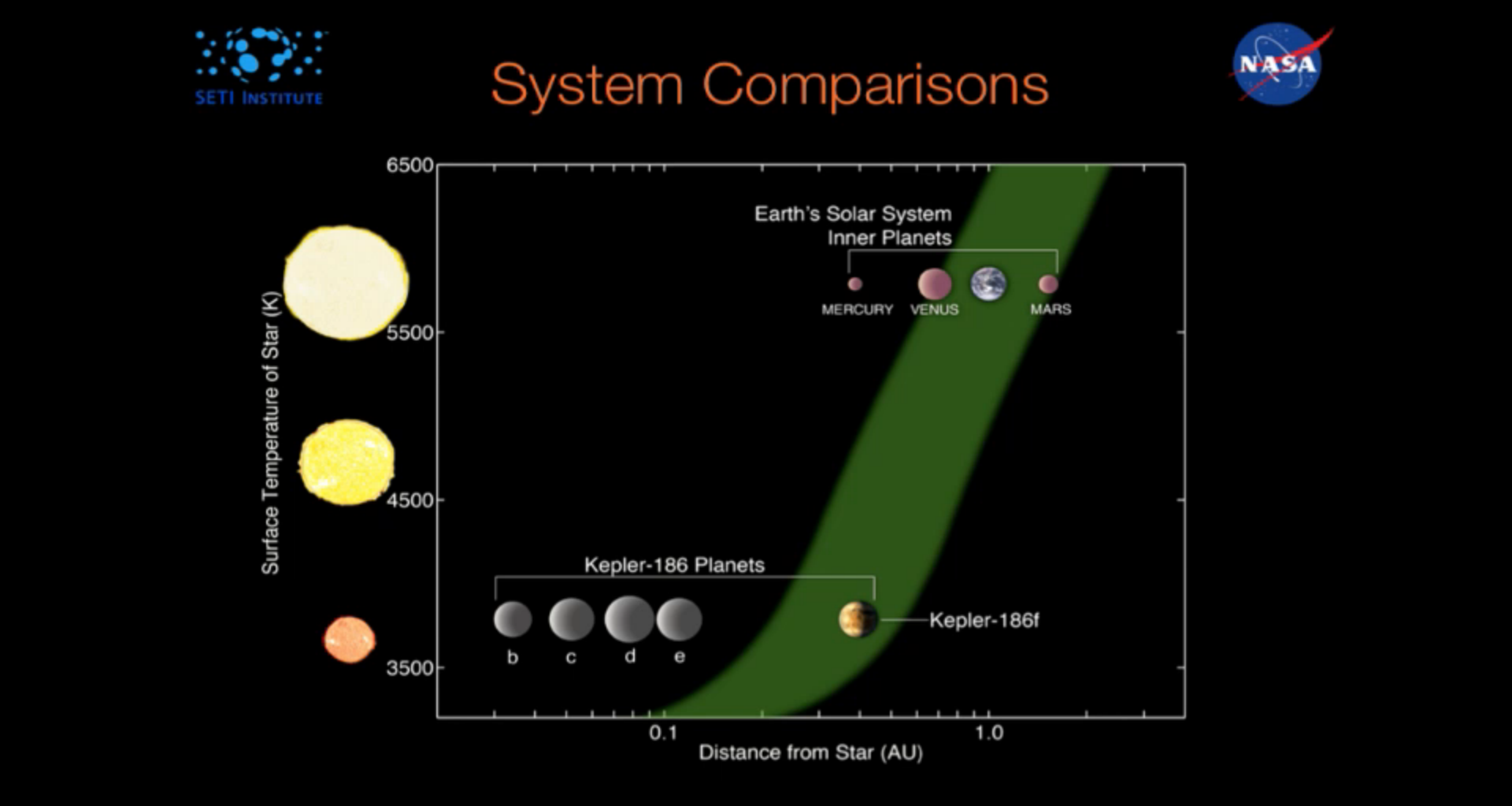
As the data from NASA's Kepler mission continues to be processed, the orbital period sensitivity is increasing and we now know there are numerous exoplanets which occupy the HZ of their host stars.
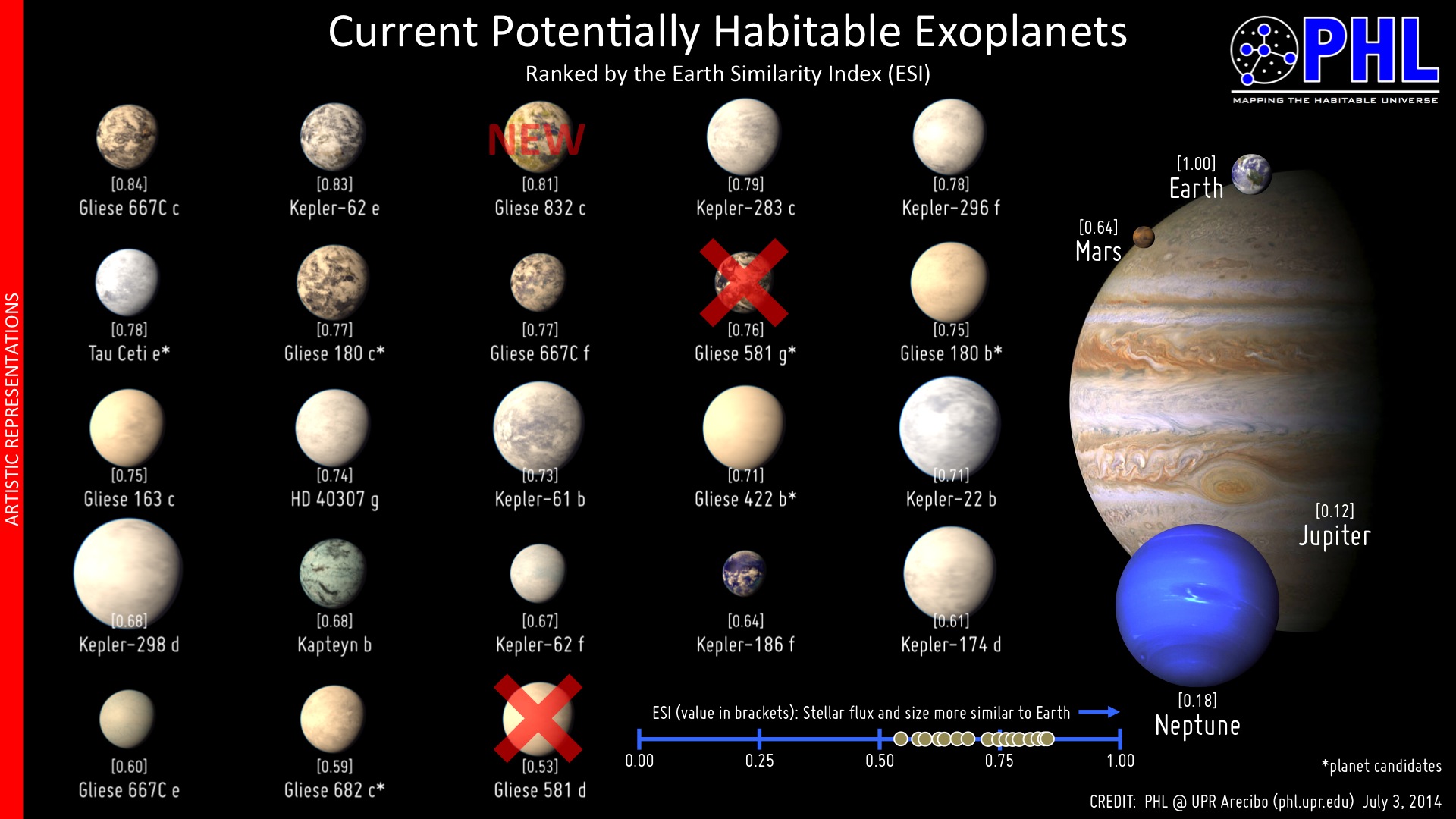
In the talk below, Dr. Kane will describe the properties of the HZ, the dependence on the types of stars these planets orbit, and the current state of exoplanet detections in the HZ.
Along the way Dr. Kane will attempt to dispel some common misconceptions regarding the Habitable Zone.
Dr. Kane will relate HZ results to the calculation of the frequency of planets like Earth and the frequency of planets like Venus within our Milky Way Galaxy.
Finally, Dr. Kane will present several case studies of Habitable Zone Kepler planets, including circumbinary planets (planets which orbit two stars like Tatooine in Star Wars) for which the Habitable Zones are time-dependent.

Enjoy!
edit on 24-7-2014 by JadeStar because: (no reason given)
That was quite an elaborate post. You clearly put a lot of work into it, so it would be a shame if it went waste.
So please give us a summary of what it says in that 55-minute video. I'm very busy these days and can't spare an hour to watch a video unless it's really, really worth it.
So please give us a summary of what it says in that 55-minute video. I'm very busy these days and can't spare an hour to watch a video unless it's really, really worth it.
originally posted by: Astyanax
That was quite an elaborate post. You clearly put a lot of work into it, so it would be a shame if it went waste.
So please give us a summary of what it says in that 55-minute video. I'm very busy these days and can't spare an hour to watch a video unless it's really, really worth it.
If you're interested in this subject it's really, really, worth it. Otherwise you can save it to your favorites for the next time you have extended downtime (that's what I do.)
Many thanks for all the effort you have put in to this excellent post !
Terrific !
Terrific !
originally posted by: MrJohnSmith
Many thanks for all the effort you have put in to this excellent post !
Terrific !
Thanks. If you have any questions let me know. If I don't have an answer I'll ask someone who does
Great version of a chart I posted earlier but with Kepler-186f (the 'Earth Cousin') planet and the fiction planet from the book and movie "Dune"
placed on it.
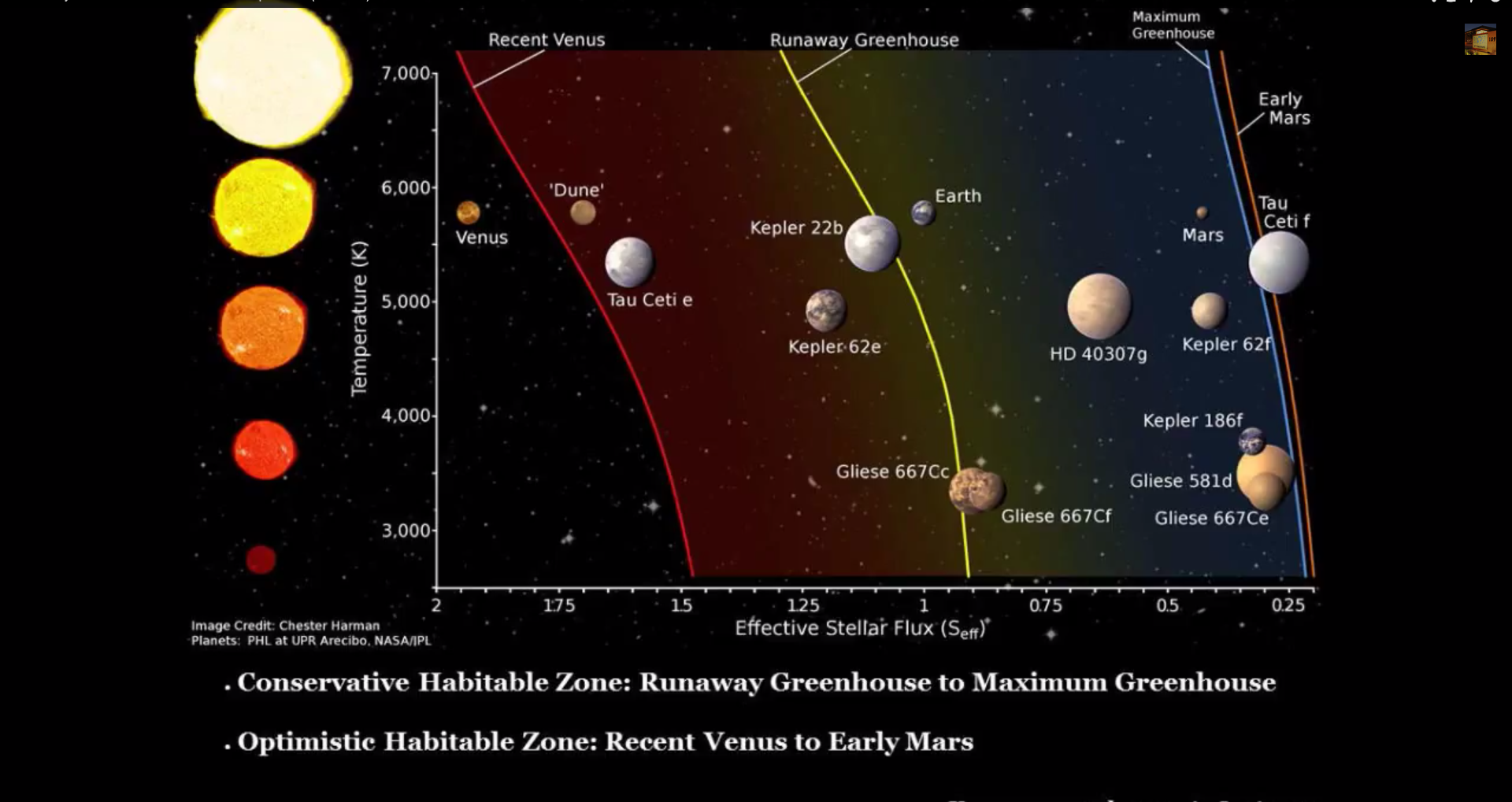
And one featuring the fraction of stars which have an earthlike planet in a habitable zone orbit:
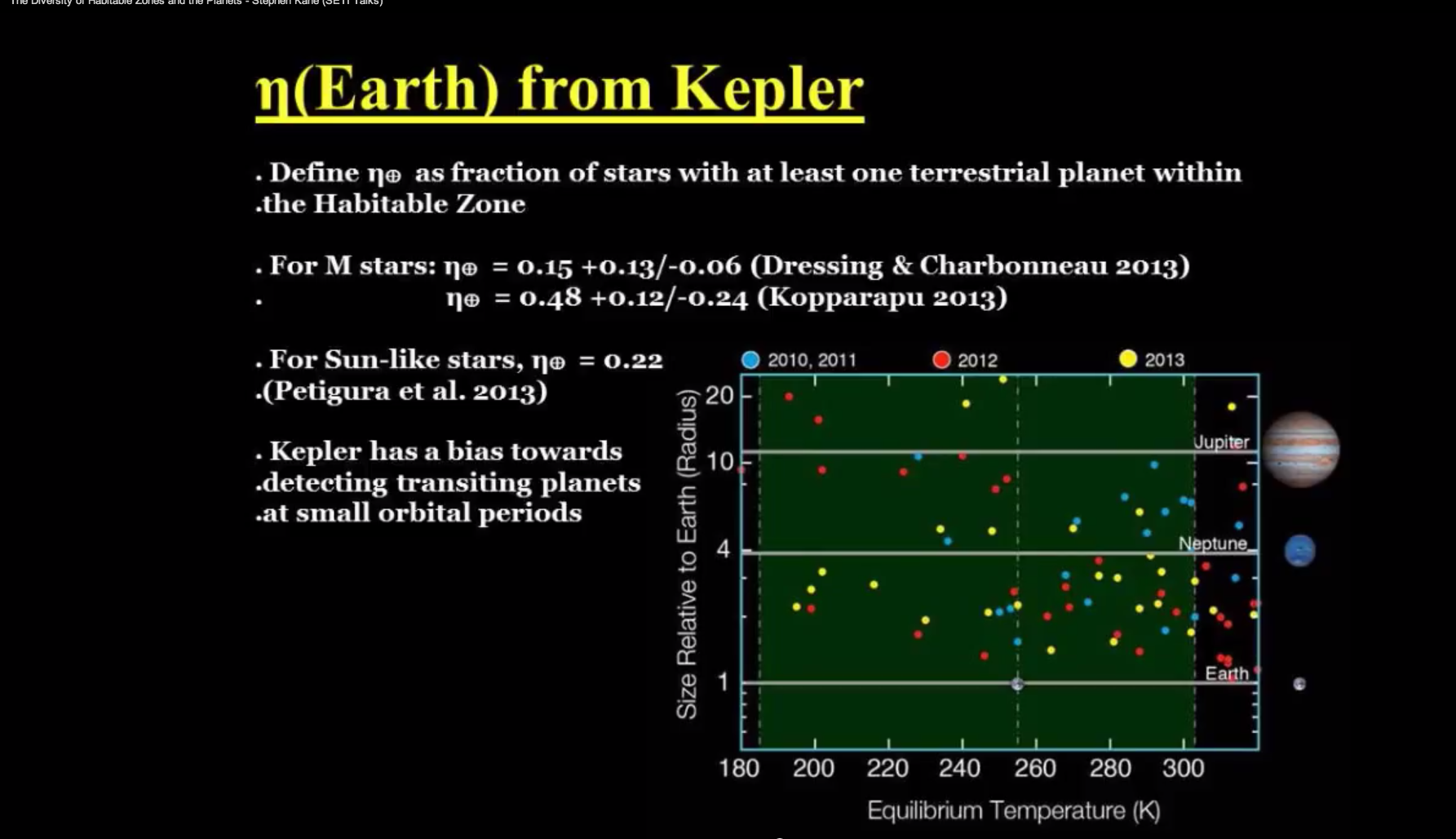
up to 48% for M-stars and around 22% for F, G (our sun is a G2V star) and K stars.

And one featuring the fraction of stars which have an earthlike planet in a habitable zone orbit:

up to 48% for M-stars and around 22% for F, G (our sun is a G2V star) and K stars.
edit on 25-7-2014 by JadeStar because: (no reason
given)
new topics
-
Joe Rogan conspiracy (maybe)
ATS Skunk Works: 3 hours ago -
Results of the use of the Oreshnik missile system in Dnepropetrovsk
World War Three: 5 hours ago -
Nigel Farage now the Most Favoured UK Politician
Regional Politics: 7 hours ago
top topics
-
Little Johnny and Larry should team up
General Chit Chat: 13 hours ago, 12 flags -
Results of the use of the Oreshnik missile system in Dnepropetrovsk
World War Three: 5 hours ago, 10 flags -
Nigel Farage now the Most Favoured UK Politician
Regional Politics: 7 hours ago, 3 flags -
Will Us use alien technology to fight in ww3?
World War Three: 13 hours ago, 2 flags -
Joe Rogan conspiracy (maybe)
ATS Skunk Works: 3 hours ago, 2 flags
active topics
-
President-Elect TRUMP Picks Former Florida A.G. PAM BONDI to be U.S. Attorney General.
2024 Elections • 58 • : WeMustCare -
Well, here we go red lines crossed Biden gives the go ahead to use long range missiles
World War Three • 330 • : putnam6 -
Results of the use of the Oreshnik missile system in Dnepropetrovsk
World War Three • 135 • : RussianTroll -
Little Johnny and Larry should team up
General Chit Chat • 4 • : ColeYounger2 -
DOJ moving to wind down Trump criminal cases before he takes office
Mainstream News • 45 • : marg6043 -
Montelukast affects brain, caused 5 year old to attempt suicide
Medical Issues & Conspiracies • 11 • : marg6043 -
President-Elect DONALD TRUMP's 2nd-Term Administration Takes Shape.
Political Ideology • 240 • : WeMustCare -
Nigel Farage now the Most Favoured UK Politician
Regional Politics • 6 • : angelchemuel -
Well we know Putins ICBMs won't fail in their silos
World War Three • 209 • : Xtrozero -
Jaguar Rebrand Video Causes "WTF?" Moment - Seriously Weird
Automotive Discussion • 26 • : angelchemuel
10
